From the icy tundras to the chilly depths of the ocean, many creatures have adapted to survive and even thrive in the coldest environments on Earth. These remarkable animals have developed unique features and strategies to cope with the harsh conditions they face. Let’s explore 15 fascinating creatures that have mastered the art of living in the cold.
1. Arctic Fox

The Arctic fox has a thick, fluffy coat that keeps it warm in the freezing temperatures of the Arctic tundra. Its coat also changes color depending on the season, turning white in the winter to blend in with the snow and brown in the summer to match the rocky terrain.
2. Emperor Penguin
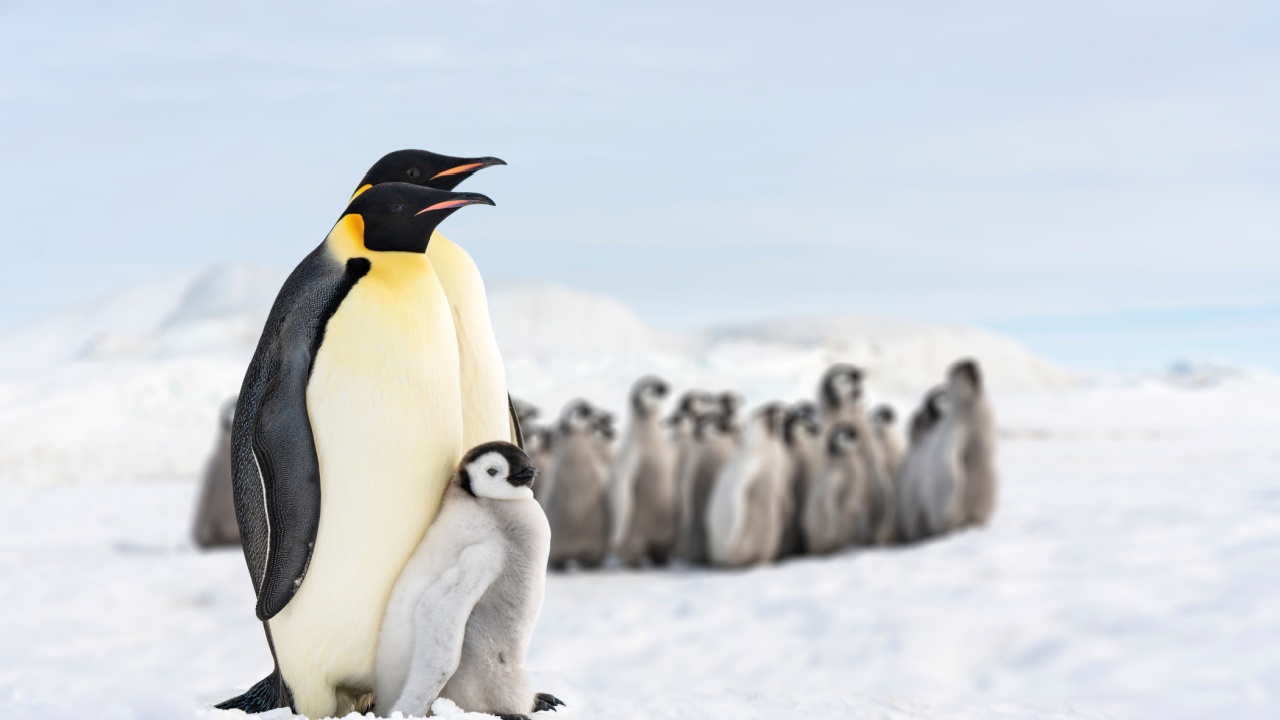
Emperor penguins have a layer of insulating feathers and a thick layer of fat called blubber that helps them survive the harsh Antarctic winters. They also huddle together in large groups to conserve heat and take turns moving to the center of the huddle, where it’s warmest.
3. Polar Bear
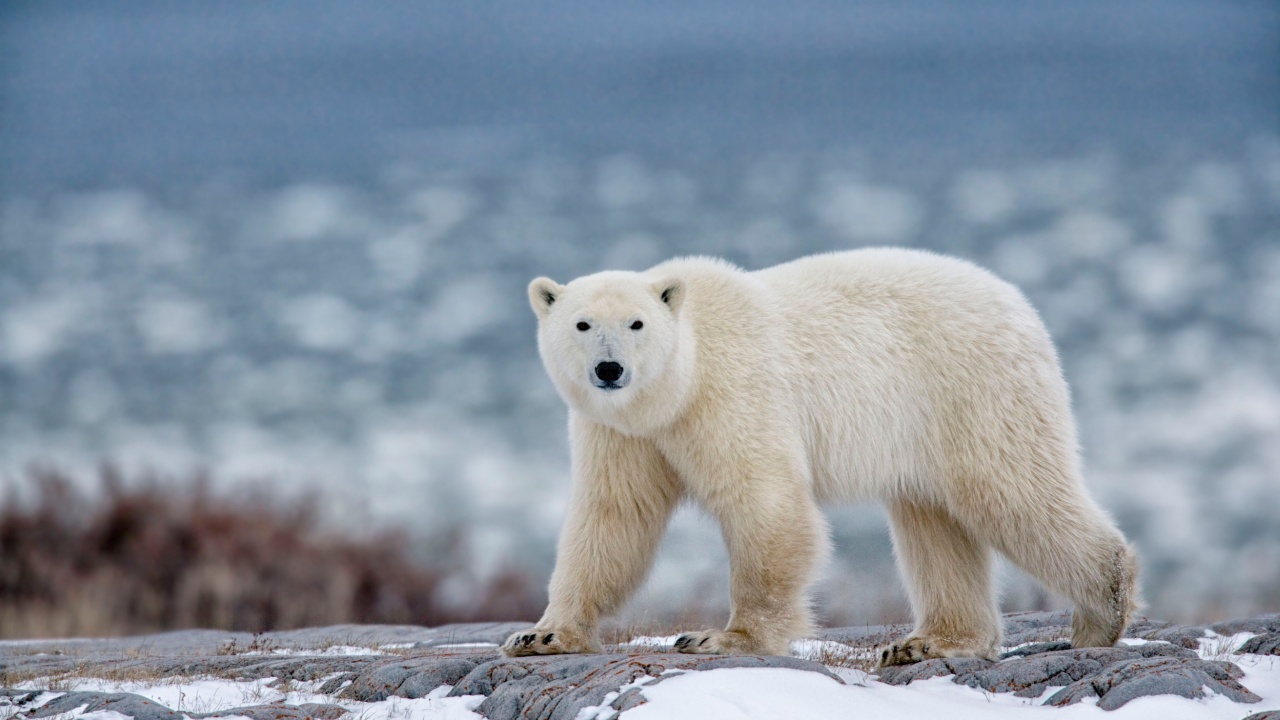
Polar bears have a thick layer of fur and a layer of fat under their skin that helps them stay warm in the Arctic. They also have black skin under their fur, which absorbs heat from the sun, and their large size helps them retain body heat.
4. Arctic Hare
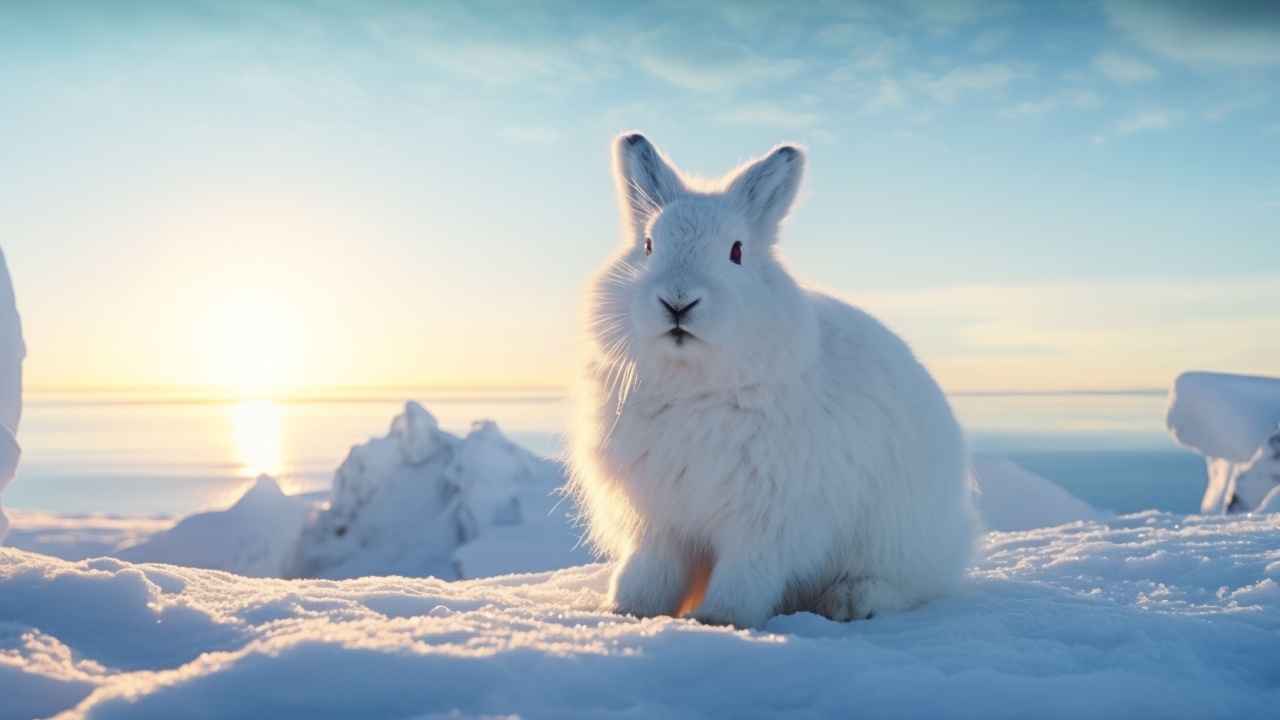
Arctic hares have thick, warm fur that turns white in the winter to help them blend in with the snow. They also have small ears and short legs, which helps them conserve body heat, and they can dig burrows in the snow to stay warm.
5. Walrus
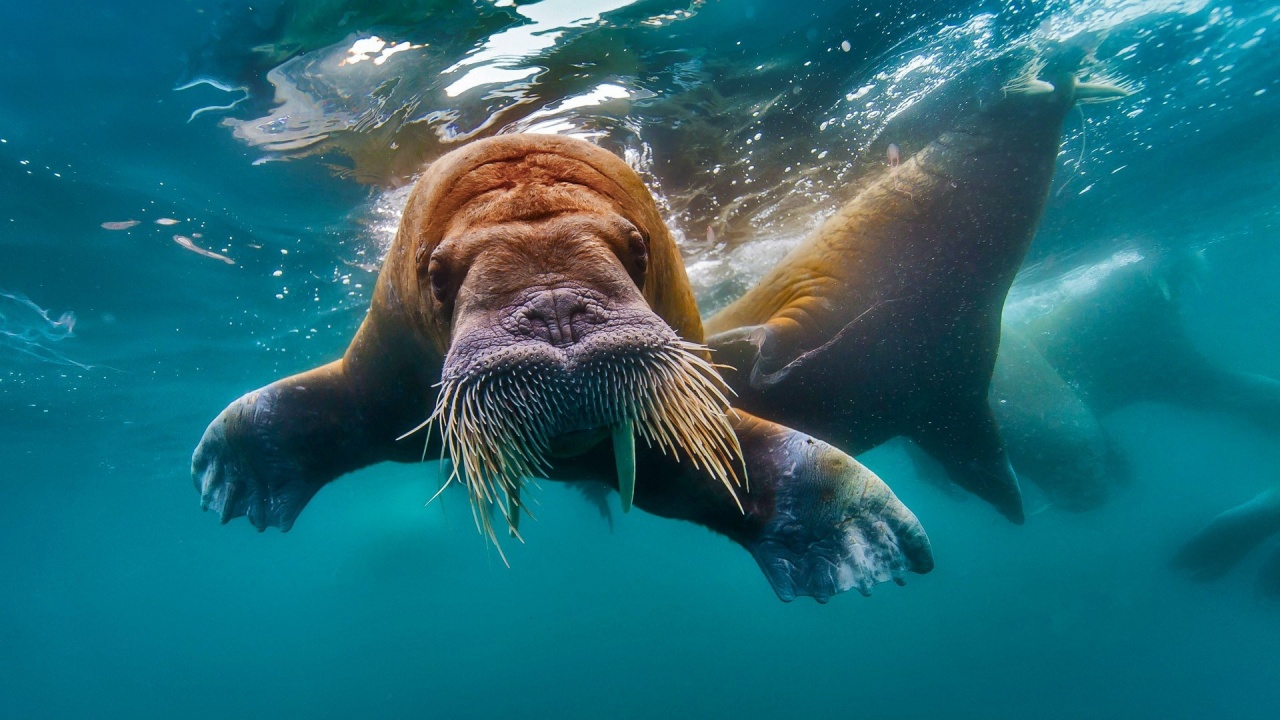
Walruses have a thick layer of blubber that keeps them warm in the cold Arctic waters. They also have long tusks that they use to pull themselves out of the water and onto the ice, where they can rest and warm up in the sun.
6. Beluga Whale
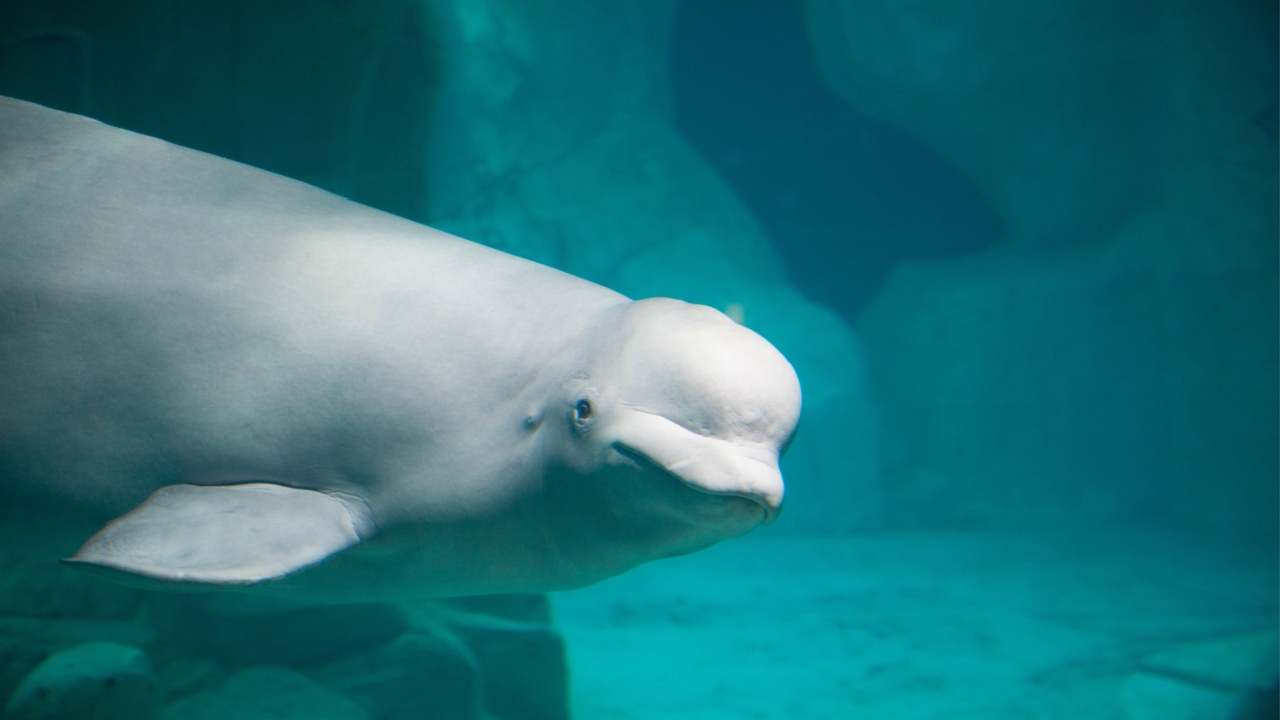
Beluga whales have a thick layer of blubber that helps them survive in the cold Arctic waters. They also have a rounded head and a flexible neck that allows them to move easily under the ice to find breathing holes.
7. Arctic Woolly Bear Moth
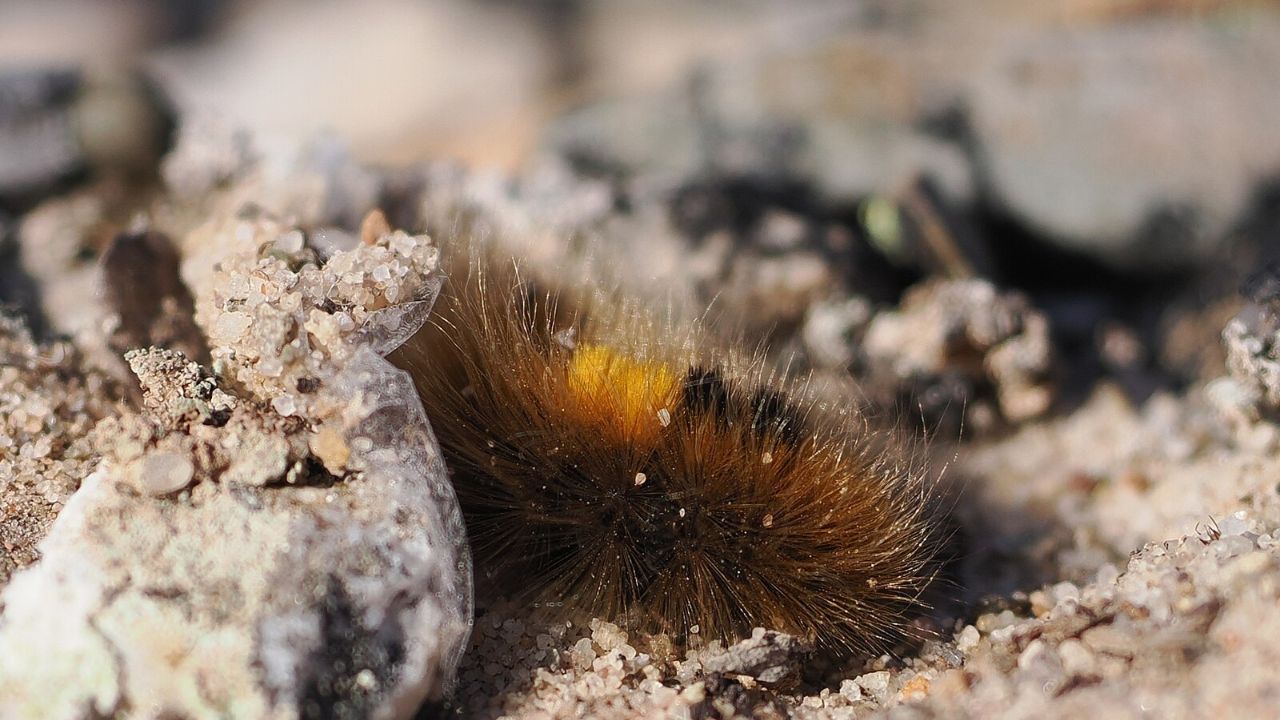
The Arctic woolly bear moth caterpillar can survive being frozen solid during the winter months. It produces a special antifreeze substance in its body that prevents ice crystals from forming in its cells, allowing it to thaw out and continue its life cycle in the spring.
8. Musk Ox
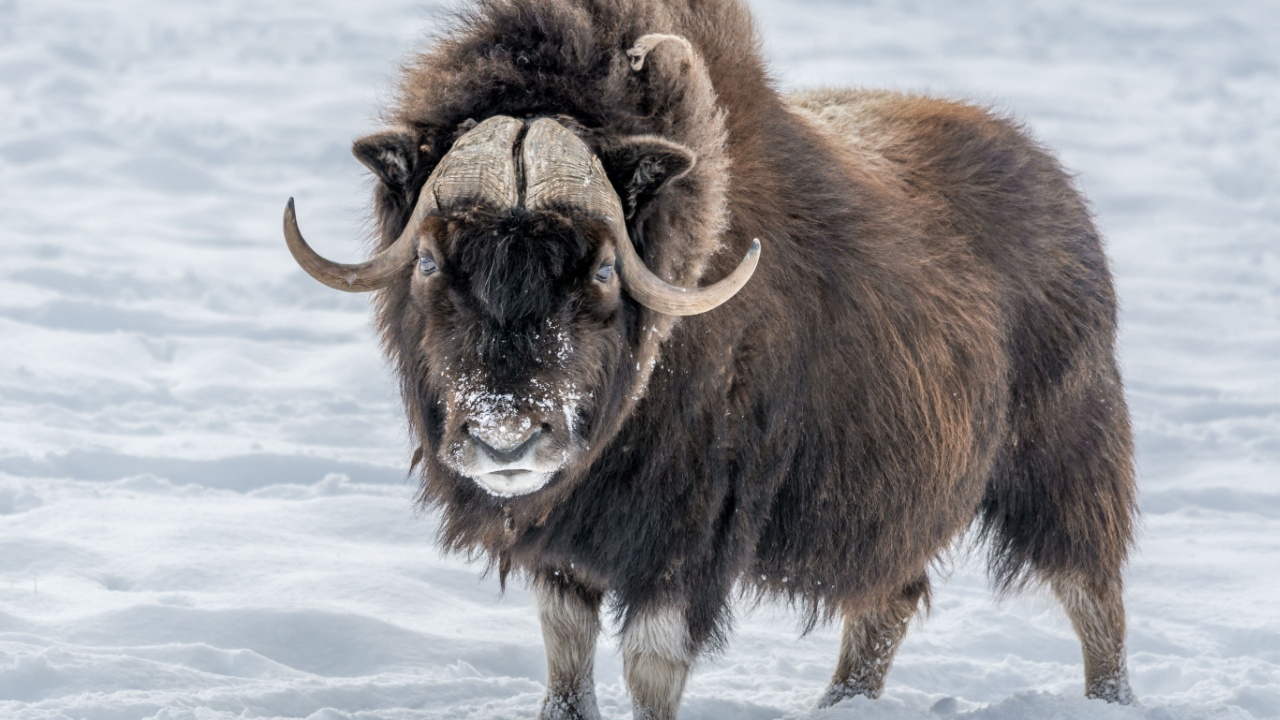
Musk oxen have a thick, woolly coat that keeps them warm in the cold Arctic tundra. They also have a special digestive system that allows them to extract nutrients from tough, woody plants that other animals can’t digest.
9. Snow Leopard

Snow leopards have thick, warm fur that helps them survive in the cold, high-altitude habitats of the Himalayas. They also have large, furry paws that act like snowshoes, helping them walk on top of the snow without sinking in.
10. Snowy Owl
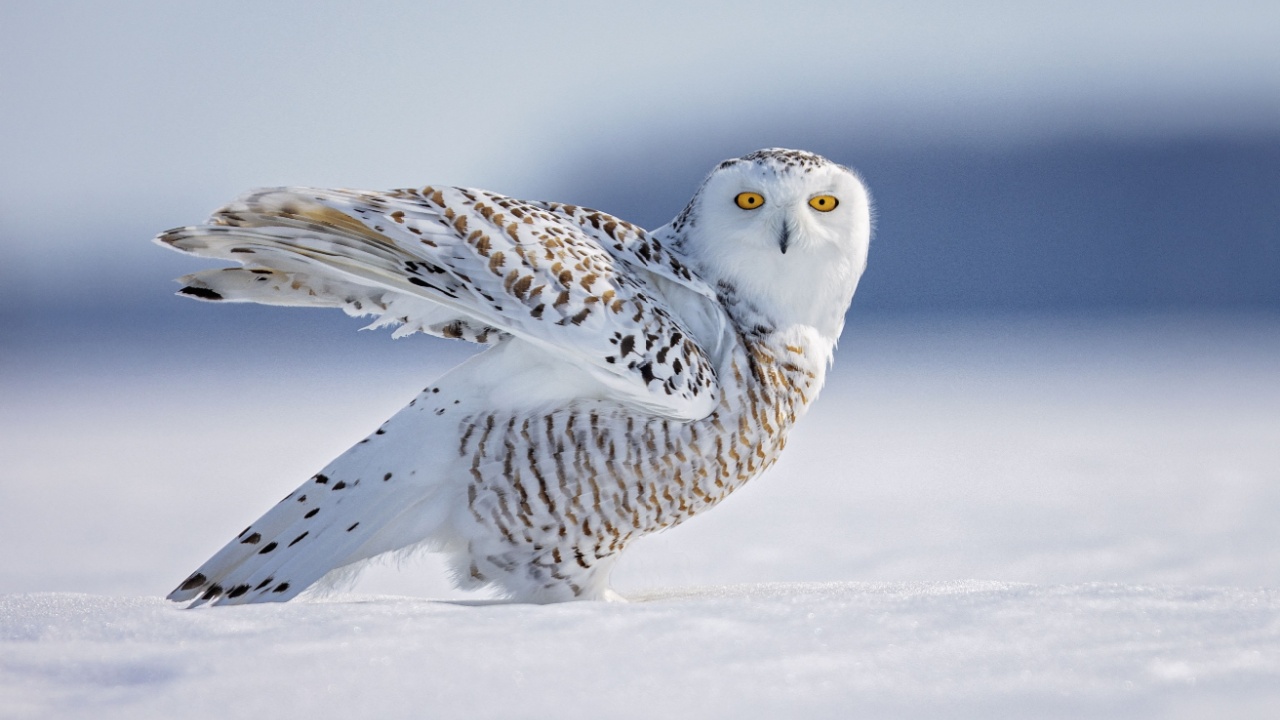
Snowy owls have thick, fluffy feathers that keep them warm in the cold Arctic tundra. They also have special feathers on their legs and feet that act like built-in snowshoes, helping them walk on top of the snow without sinking in.
11. Greenland Shark
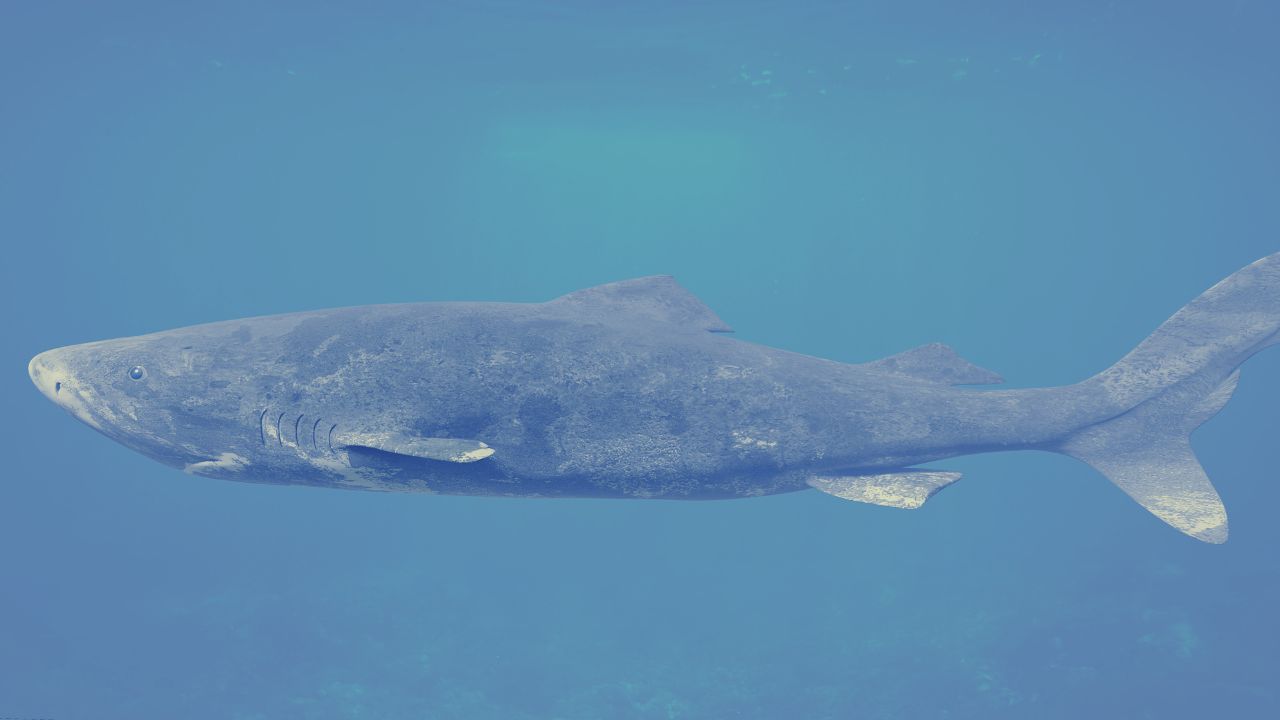
Greenland sharks live in the cold, deep waters of the Arctic and North Atlantic oceans. They have a special oil in their liver that helps them maintain buoyancy and keeps their body temperature stable in the cold water.
12. Arctic Ground Squirrel

Arctic ground squirrels hibernate during the long, cold Arctic winters. They can lower their body temperature to just above freezing and slow their heart rate to just a few beats per minute, allowing them to conserve energy and survive the winter months.
13. Narwhal
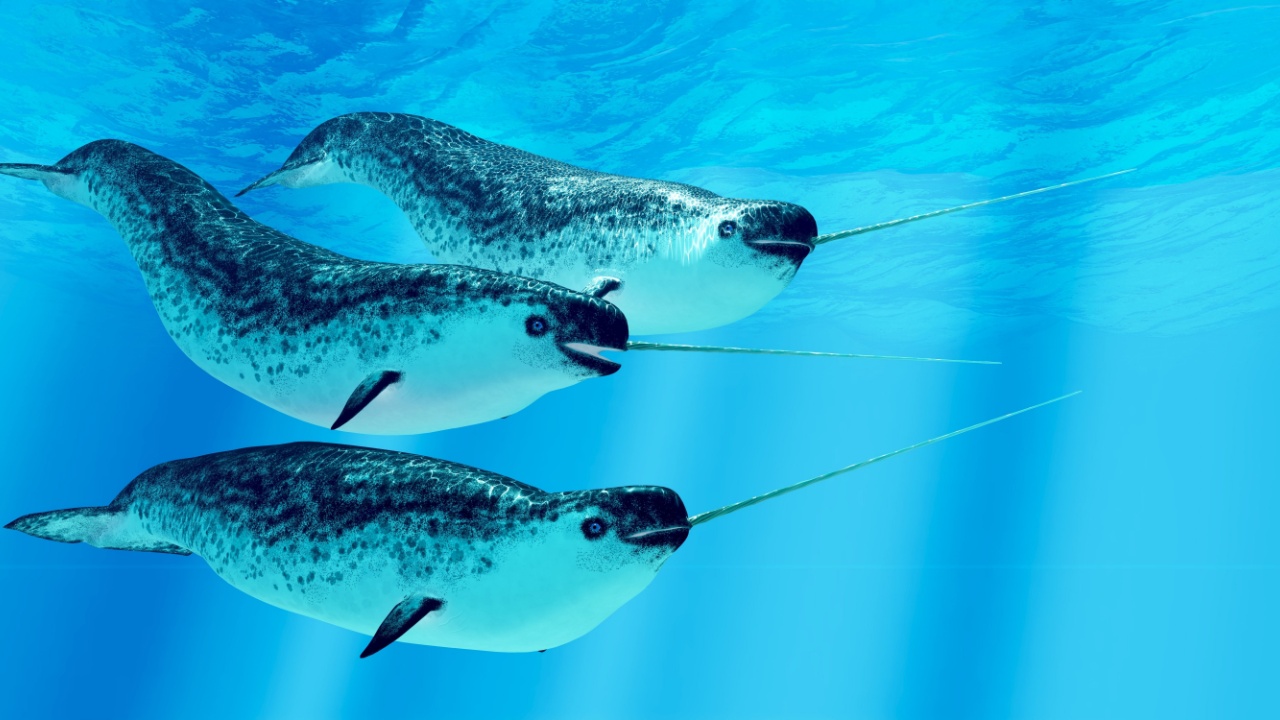
Narwhals, also known as the “unicorns of the sea,” have a thick layer of blubber that helps them stay warm in the cold Arctic waters. They also have a long, spiral tusk that’s actually an enlarged tooth, which they use to break through the ice to create breathing holes.
14. Arctic Tern
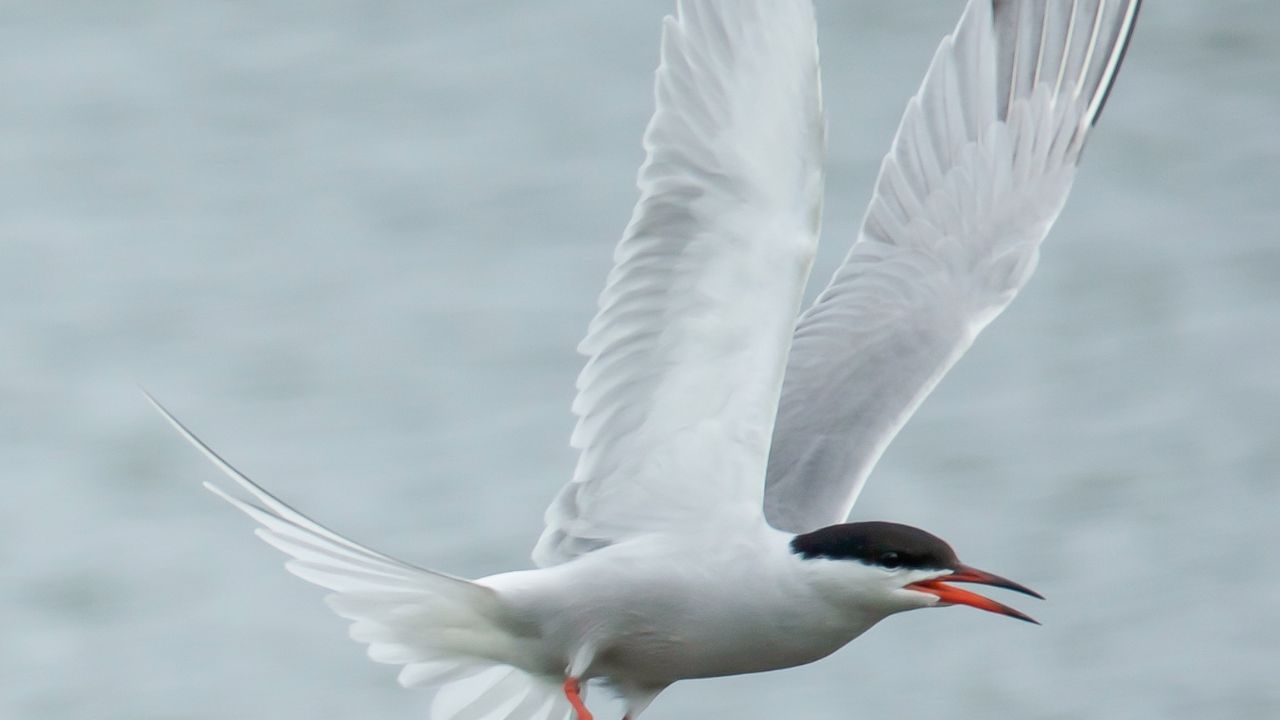
Arctic terns are small seabirds that migrate from the Arctic to the Antarctic and back again each year, covering a distance of over 44,000 miles. They have a special adaptation that allows them to sleep while flying, taking short naps while gliding on the wind currents.
15. Wolverine

Wolverines have a thick, oily coat of fur that keeps them warm and dry in the cold, snowy habitats of the Arctic and subarctic regions. They also have large, furry paws that help them walk on top of the snow and sharp claws that allow them to climb trees and dig through the snow to find food.
Becky is a fervent wildlife enthusiast and pet care expert with a diploma in canine nutrition. Her love for animals stretches beyond the domestic, embracing the wild tapestry of global fauna. With over a decade of experience in animal welfare, Becky lends her expertise to OutlandishOwl through insightful articles, captivating wildlife information, and invaluable guidance on pet nutrition. Her work embodies a deep commitment to understanding the intricate lives of animals and a passion for educating others on sustaining natural habitats. Becky's hands-on conservation efforts and her knack for translating complex dietary science into practical pet feeding tips make her an indispensable voice for creatures great and small.




